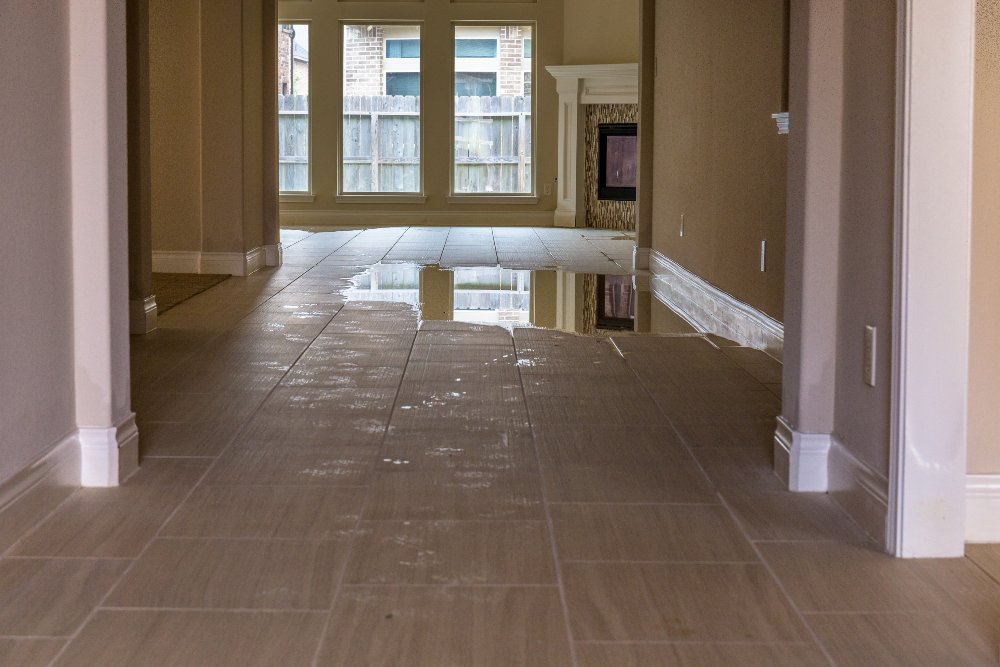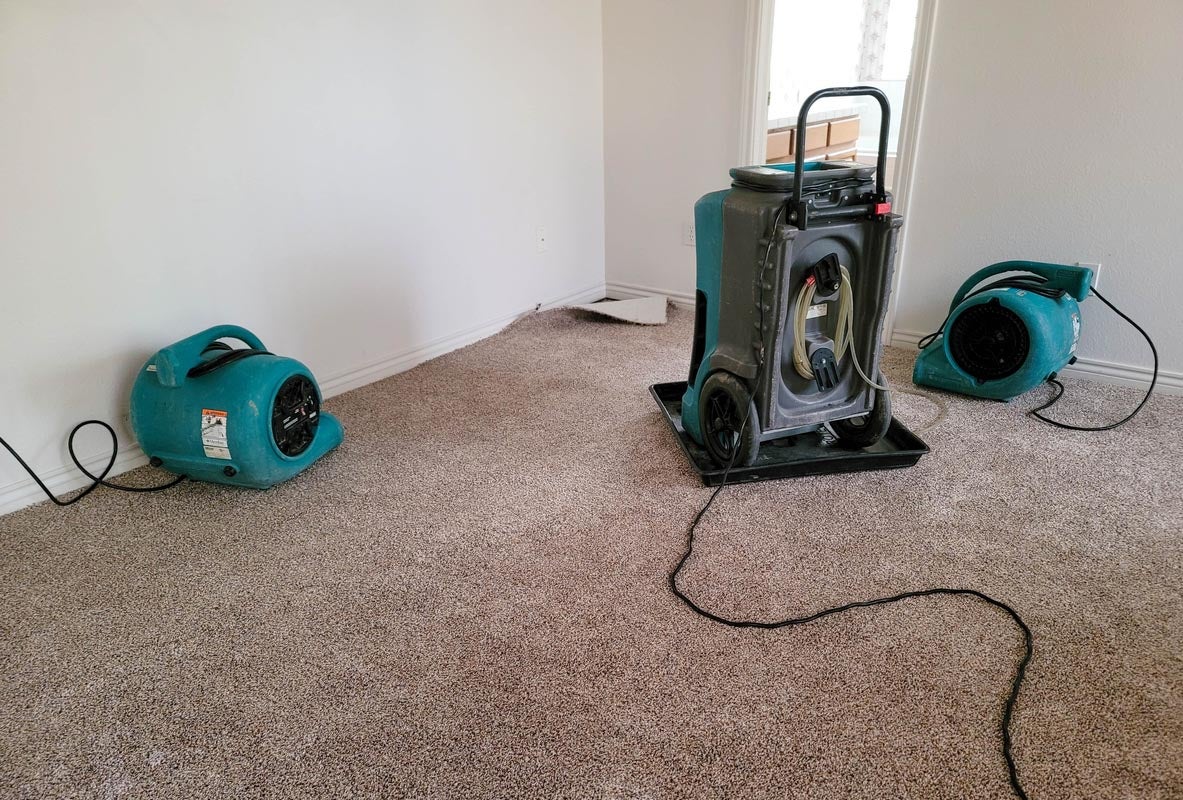Emergency Situation Water Damage Repair: Swift Feedback to Decrease More Damages
Water damage can strike all of a sudden and leave disastrous effects on homes and organizations. When confronted with such a scenario, a swift action is vital to decrease additional damage and prevent potential carcinogen. However what specifically does emergency situation water damage reconstruction involve? In this conversation, we will certainly explore the importance of prompt action, the analysis procedure, the actions associated with water removal and drying, mold prevention and remediation, and inevitably, the restoration of the affected location. By understanding the seriousness and detailed nature of this process, you will certainly gain important insights right into how specialists tackle emergency situation water damage, ensuring a swift and efficient action.
Relevance of Swift Feedback
Swift reaction is of utmost relevance in water damage reconstruction to reduce more damage and alleviate possible risks. The longer water sits in a structure, the more damage it can trigger.
One of the main reasons speedy response is vital in water damage remediation is to stop the growth of mold and mold. Mold not just triggers additional damages to the framework of the building however likewise presents health dangers to residents.
Water damages can be ravaging, especially when it influences individual things of monetary or sentimental value. Acting promptly permits specialists to assess the damages and apply ideal repair techniques to salvage as much as feasible.
Evaluating the Level of Damages

Throughout the analysis, reconstruction experts completely take a look at the afflicted area to recognize visible signs of damages, such as water discolorations, deformed materials, and mold development. They additionally utilize specialized equipment to spot hidden damages, such as wetness meters and thermal imaging cams. This extensive evaluation permits them to precisely identify the level of the damages and develop a tailored reconstruction plan.
Evaluating the extent of water damages is important because it aids professionals prioritize their efforts. They can recognize areas that call for prompt interest, such as standing water elimination and drying, to avoid additional damage and lessen the risk of mold development. They can likewise establish the areas that require repair work or substitute, guaranteeing that no damages goes neglected or undetected.

Water Removal and Drying Process
The water extraction and drying procedure is an essential action in water damages repair, as it includes the elimination of excess water and the extensive drying of the damaged area to avoid more damages and alleviate the risk of mold and mildew growth. After analyzing the degree of the water damages, the next action is to extract the water from the afflicted area. This is typically done making use of specialized tools such as pumps, dehumidifiers, and vacuum cleaners. These tools are why not try here made to effectively and successfully remove water from different surface areas, including wall surfaces, carpetings, and floorings.
As soon as the excess water has been removed, the drying process begins. This step is vital in protecting against second damages, such as architectural damage and the development of mold and mildew. High-powered fans and dehumidifiers are used to circulate air and eliminate wetness from the air and surfaces. The drying process may take several days, relying on the extent of the water damages and the products entailed.
It is necessary to guarantee that the affected area is totally dry before waging any type of repair work or restoration. Failure to thoroughly dry the location can result in lasting issues, including damaged frameworks, stuffy smells, and the growth of mold and mildew. Expert water damage reconstruction business use moisture detection devices to guarantee that the damaged area is completely dry prior to proceeding to the following step.
Mold And Mildew Prevention and Removal
Efficient mold and mildew prevention and removal are vital in water damage repair to guarantee the safety and security and stability of the damaged area. mold remediation philadelphia. When water damages happens, whether from a ruptured pipe, flooding, or a leaking roof covering, it produces an ideal atmosphere for mold and mildew growth. Mold can begin to establish within 24 to 48 hours after water damage, and if left untreated, it can spread swiftly and cause major wellness risks
To stop mold and mildew growth, it is necessary to resolve water damage quickly. The very first step is to recognize and repair the source of the water breach. Once the resource is fixed, the affected area must be extensively dried out to stop moisture from lingering. This may include the usage of dehumidifiers, air moving companies, and various other specialized equipment to eliminate excess wetness from the air and surfaces.
In instances where mold and mildew development has actually currently happened, remediation is needed to eliminate the mold and mildew and avoid its return. This includes the cautious removal and disposal of affected materials, such as drywall or carpet, to make sure that all traces of mold and mildew are removed. It is crucial to keep in mind that mold remediation should be carried out by specialists that have the needed training and devices to safely remove and take care of mold.
Restoring the Affected Location

To start with, it is necessary to completely dry the area to avoid any type of additional damages and to prevent the development of mold and mildew. This may include making use of specialized drying equipment, such as dehumidifiers and industrial-grade fans, to remove all moisture from the afflicted surface areas.
When the area is completely dry, the remediation process can start. This might entail fixing or replacing harmed structural elements, such as drywall, floor covering, or ceiling floor tiles. It is essential to look at here now resolve any type of underlying problems that may have caused the water damage, such as leaky pipes or damaged pipes, to avoid future events.
Additionally, recovering the afflicted area might likewise include painting wall surfaces, replacing harmed components, and thoroughly cleansing and sterilizing the space. This ensures that not just is the area structurally audio, however it is also cosmetically pleasing and safe for tenancy.
Final Thought
Evaluating the degree of site here damages allows for efficient water removal and drying processes to be carried out. Overall, prompt action and complete restoration steps are crucial to minimizing the negative effects of water damages.
Swift feedback is of utmost importance in water damage repair to minimize additional damages and minimize potential risks.During the evaluation, repair specialists extensively examine the affected area to determine visible indications of damage, such as water stains, deformed products, and mold and mildew development.The water removal and drying out procedure is an essential step in water damage remediation, as it entails the elimination of excess water and the thorough drying of the affected location to prevent further damages and minimize the threat of mold and mildew development. After examining the degree of the water damage, the next step is to extract the water from the affected area.Reliable mold and mildew avoidance and remediation are important in water damage restoration to ensure the safety and honesty of the damaged area.